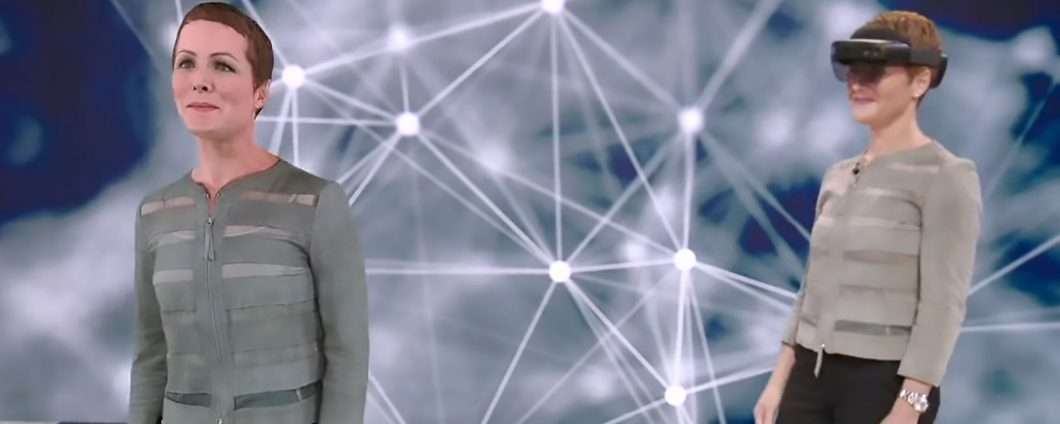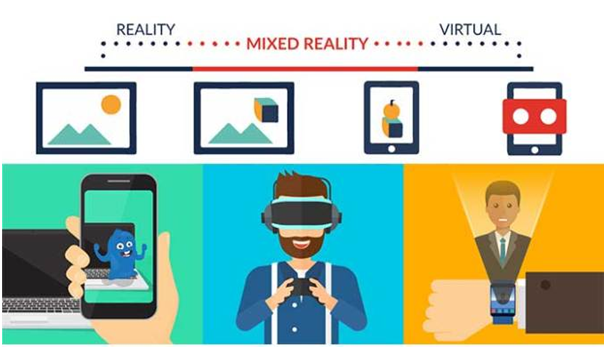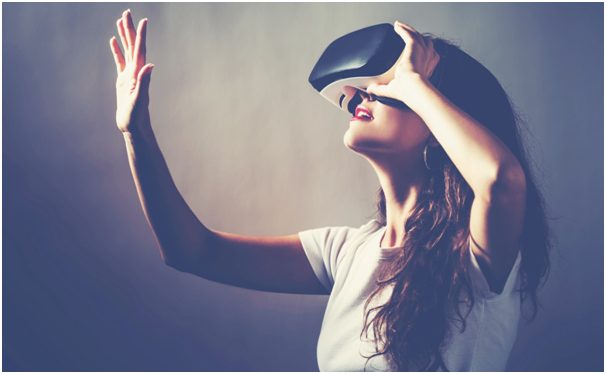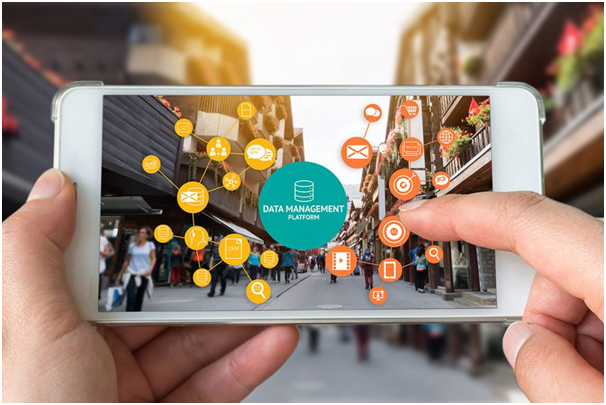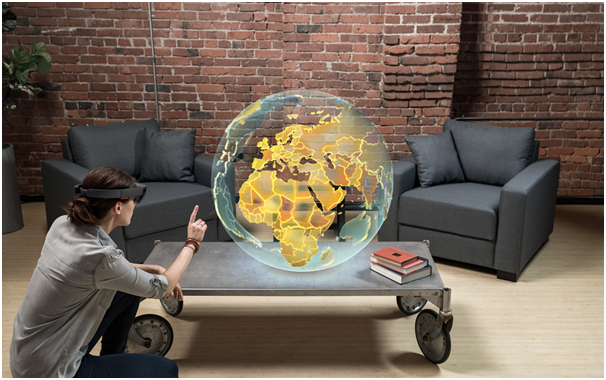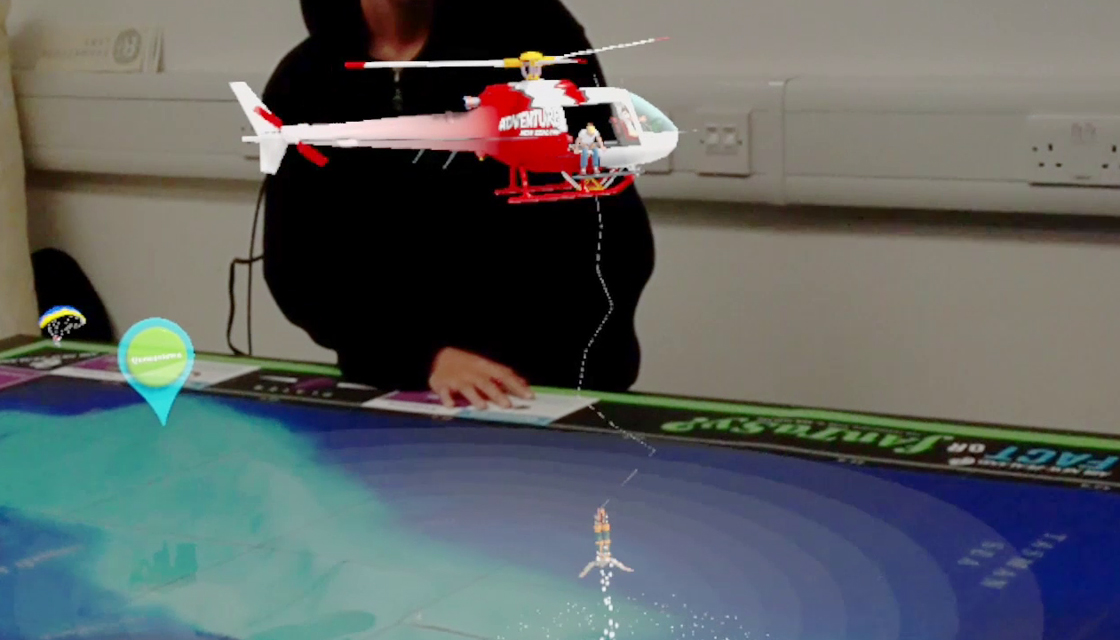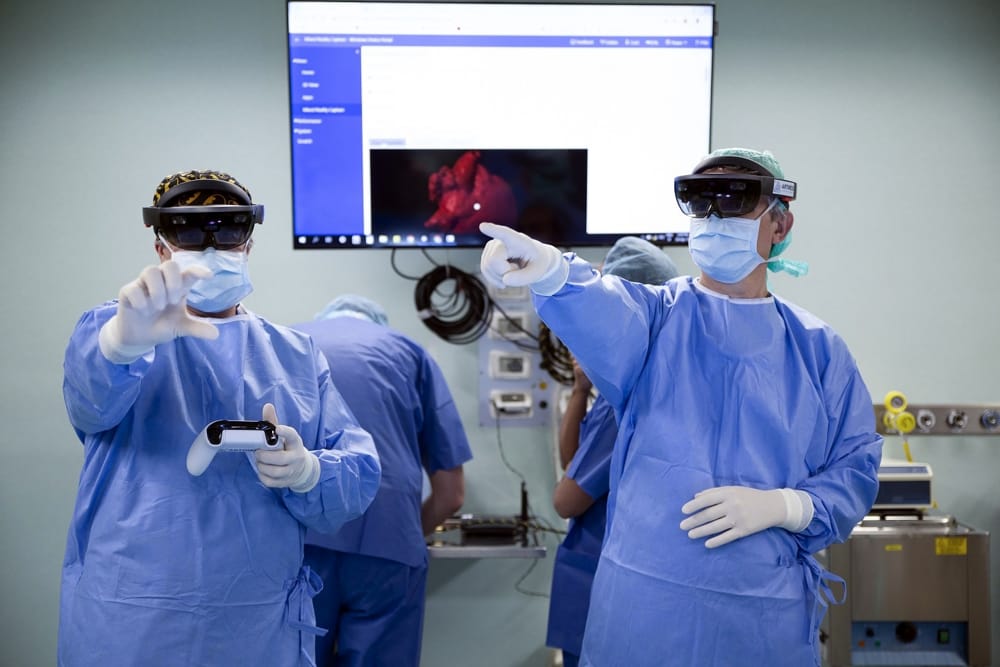
L’intervento
La caduta durante una tranquilla giornata in campagna. La corsa all’ospedale più vicino, in Albania, e il tragico referto dei dottori: una grossa massa tumorale, 5 centimetri per 3, proprio accanto al cuore. Quindi la decisione dei genitori di venire in Italia per dare una possibilità alla loro piccola. Una possibilità che è diventata realtà a Milano.
Miracolo dei medici del Policlinico di San Donato, che sono riusciti a rimuovere un tumore dal cuore di una bimba di sei anni – la piccola Melissa – grazie al primo intervento messo a segno in Italia con l’utilizzo della realtà aumentata.
Si trattava, spiegano dall’ospedale meneghino, di un “tumore al cuore che si manifesta improvvisamente, una diagnosi terribile per una patologia rara definita inoperabile. L’intervento era molto rischioso, la possibilità di intaccare e danneggiare i tessuti circostanti al tumore era alta e la letteratura scientifica – proseguono dalla clinica – è stata di poco aiuto, poiché i casi descritti sono rarissimi”.
A MILANO L’OPERAZIONE CON LA REALTÀ AUMENTATA
Eppure al Policlinico l’équipe guidata dal dottor Alessio Giamberti – responsabile di cardiochirurgia delle patologia congenite – ha trovato il modo di salvare la vita a Melissa. L’intuizione vincente di Giamberti e del dottor Massimo Chessa è stata quella di ricostruire il cuore compromesso di Melissa mediante ologramma, “tecnologia molto performante e plasmabile”.
Gli ingegneri biomedici del Politecnico di Milano – Francesco Sturla, Filippo Piatti, Omar Antonio Pappalardo e Giovanni Rossini – hanno creato una copia perfetta del cuore della bimba permettendo così, ricostruiscono dall’ospedale, “di simulare l’intervento, prima in laboratorio e poi in sala operatoria”.
L’intervento per la rimozione del tumore è perfettamente riuscito, così come il secondo intervento per il posizionamento di un defibrillatore.
“L’OLOGRAMMA SALVAVITA”
“L’ologramma ci ha consentito di visualizzare meglio la conformazione della massa e di decidere quale fosse la miglior via d’accesso e la modalità di intervento. In questo caso la tecnologia è stata davvero cruciale, direi salvavita, perché ci ha dato la certezza di poter enucleare il tumore, fortunatamente benigno, senza provocare danni”, ha spiegato il dottor Giamberti.
“L’ologramma è attualmente la tecnologia migliore al supporto del chirurgo. La rimozione era assolutamente necessaria – ha concluso il medico – poiché la massa crescendo avrebbe potuto ostruire il flusso sanguigno dando origine ad aritmie, talvolta mortali”.
Melissa, grazie al suo ologramma “speciale” e ai suoi angeli custodi col camice, adesso dovrà “soltanto” sottoporsi a controlli periodici, ma potrà avere una vita normale e tornare nella sua casa a festeggiare il suo settimo compleanno.
Foto – L’équipe che ha eseguito l’intervento








